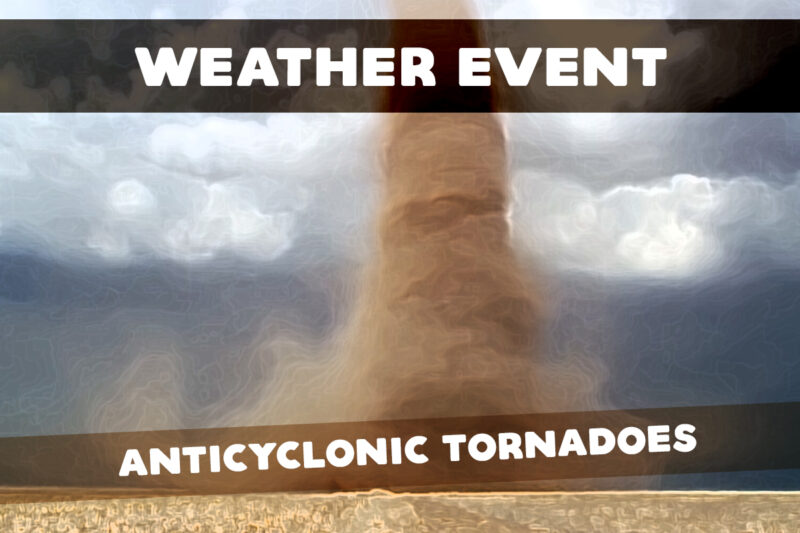As someone who has always been fascinated by the power and mystery of weather, I find tornadoes particularly intriguing. But did you know that not all are created equal?
Among the various types of, anticyclonic tornadoes are a rare phenomenon that has captured my attention. These versions rotate in a clockwise direction in the Northern Hemisphere and a counterclockwise direction in the Southern Hemisphere, unlike the more common cyclonic tornadoes.
The importance of studying tornadoes, especially their different types, cannot be overstated. Understanding these natural phenomena helps us prepare for them and minimize their destructive impact.
Fun Fact: Anticyclonic tornadoes are an anomaly, as they account for only about 2% of all tornadoes!
Basics
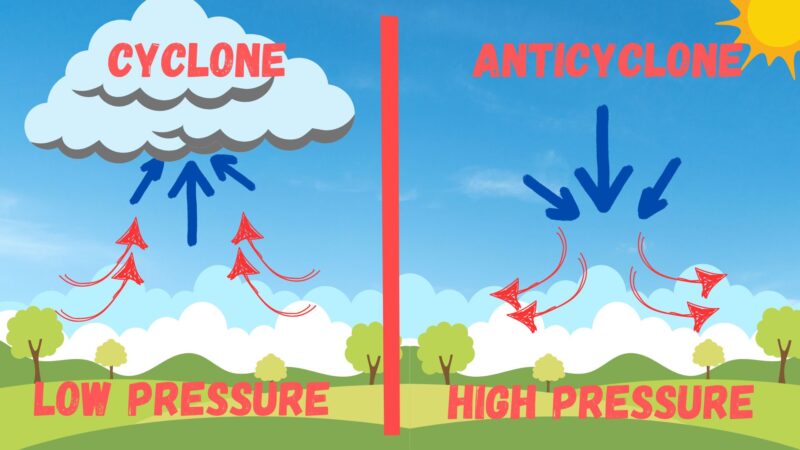
A tornado is a violently rotating column of air that extends from a thunderstorm to the ground. It’s one of nature’s most powerful and awe-inspiring phenomena. But what makes a one anticyclonic or cyclonic?
Most form in the inflow and updraft area bordering the updraft-downdraft interface zone of supercell thunderstorms. The rotation of the thunderstorm itself is induced mostly by vertical wind shear. The common property here is an area of lower pressure, thus surrounding air flows into the area of less dense air forming cyclonic rotation.
Pro Tip: Understanding the formation can help in predicting their occurrence and preparing for their impact.
The direction of rotation is what differentiates anticyclonic tornadoes from their cyclonic counterparts. While cyclonic ones rotate counter-clockwise in the Northern Hemisphere, anticyclonic ones will rotate clockwise. This difference in rotation is not significantly affected by the Coriolis effect, as tornadoes are too small for this to play a major role.
Differentiating Anticyclonic Tornadoes
Anticyclonic tornadoes are rare and often smaller and weaker than cyclonic counterparts. They can form as companion/satellite or nonmesocyclonic tornadoes. Various processes can produce an anticyclonic tornado, including being satellites of larger ones or occurring as the primary with a mesocyclone.
Comparison to Conventional (Cyclonic) Tornadoes
| Feature | Anticyclonic | Cyclonic |
|---|---|---|
| Direction of Rotation | Clockwise (NH) | Counter-clockwise (NH) |
| Frequency | Rare (2%) | Common (98%) |
| Typical Size and Strength | Smaller and Weaker | Larger and Stronger |
Fun Fact: The first anticyclonic tornado associated with a mesoanticyclone was spotted on weather radar in Sunnyvale, California, on May 4, 1998.
Historical Perspective
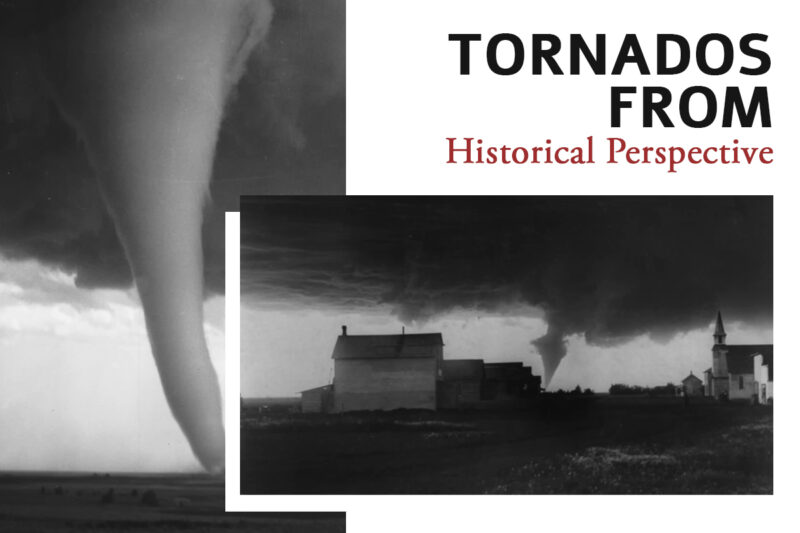
They have made their mark in history, though they are rare. Some notable events include:
- 8 June 1951, Corn, Oklahoma: First known tornado filmed in the US, a companion to another significant one.
- 3 June 1980, Grand Island, Nebraska: Three anticyclonic tornadoes occurred in the area that night during the 1980 Grand Island outbreak.
- 4 April 1981, West Bend, Wisconsin: The strongest anticyclonic tornado ever recorded.
Frequency and Occurrence
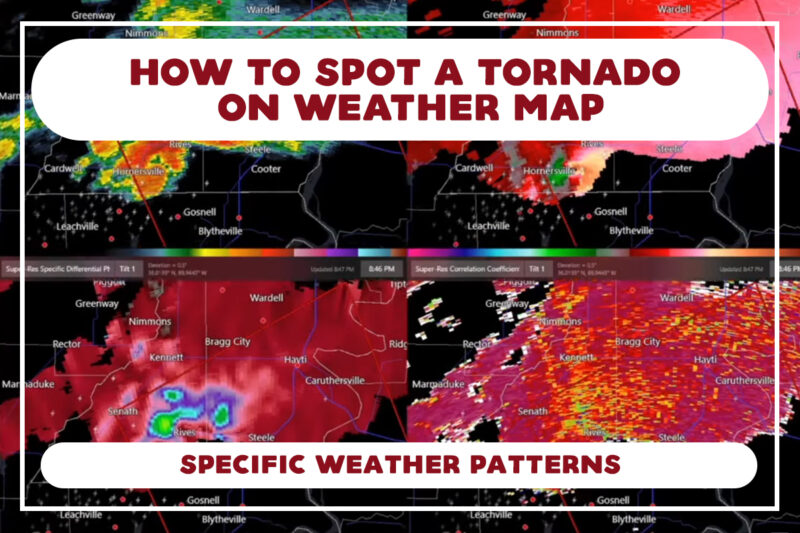
Though rare, anticyclonic tornadoes have been documented across various regions. Their occurrence rate is about 2%, making them an interesting subject for meteorologists and storm chasers.
They can occur anywhere but are more commonly associated with tropical cyclones and specific weather patterns. Some regions may experience a slightly higher occurrence due to local topography and atmospheric conditions.
Additionally, they can occur at any time of the year. However, certain seasons may see a slight increase in their occurrence, depending on the geographical location and prevailing weather conditions.
Pro Tip: Keeping an eye on weather forecasts and understanding local tornado trends can help in early detection and preparedness.
Meteorological Factors and Research
Local topography can play a role in the formation. Features such as hills, valleys, and bodies of water may influence wind patterns and contribute to the development of these rare tornadoes.
Atmospheric conditions such as wind shear, humidity, and temperature can affect the formation of anticyclonic tornadoes. Understanding these factors is crucial for predicting and studying these events.
The rarity and unique characteristics make them a subject of ongoing research. Scientists and meteorologists continue to study them to understand their formation, behavior, and impact better. This research contributes to improving forecasting methods and public safety measures.
Significance and Impact
Interestingly, the damage patterns of anticyclonic tornadoes can differ from those of cyclonic tornadoes due to their unique rotation direction. This can affect the way debris is scattered and the direction of damage.
| Aspect | Anticyclonic Tornadoes | Cyclonic Tornadoes |
|---|---|---|
| Direction of Damage | Clockwise (NH) | Counter-clockwise (NH) |
| Typical Damage | Often Less Severe | Can be More Severe |
| Debris Scattering Pattern | Different Direction | Typical Pattern |
Fun Fact: The clockwise rotation of anticyclonic tornadoes in the Northern Hemisphere can create a unique debris scattering pattern!
Accurate forecasting and early warning systems are vital for both anticyclonic and cyclonic tornadoes. They enable timely alerts and help communities prepare for potential tornado events, minimizing risks and saving lives.
Public Awareness and Safety
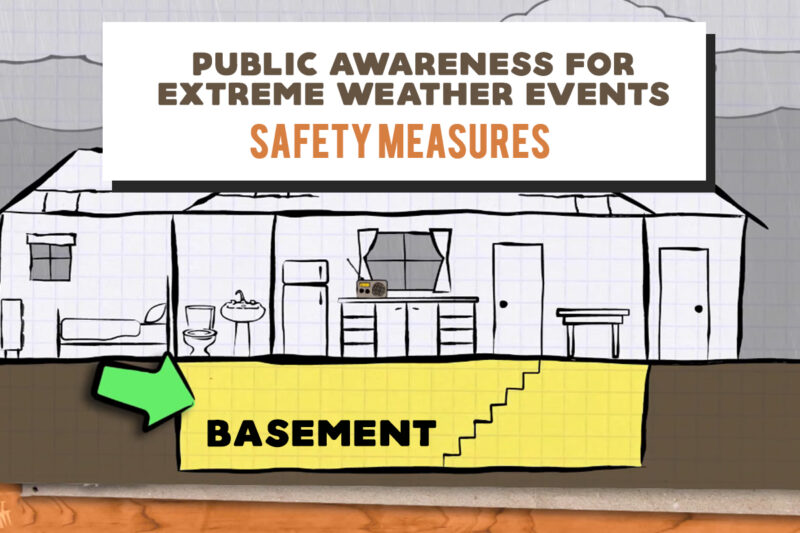
Preparedness is key to minimizing the impact of extreme weather events. This includes having a safety plan, understanding local risks, and staying informed through reliable weather sources.
Collaboration between meteorologists, emergency management agencies, and other stakeholders is crucial for effective response. Coordination and communication can enhance forecasting, public awareness, and safety measures.
Pro Tip: Having a tornado emergency kit and a well-practiced safety plan can make a significant difference during a tornado event.
Frequently Asked Questions (FAQ)
What is the primary cause of anticyclonic tornadoes?
Various factors, including wind shear, atmospheric conditions, and local topography.
Are anticyclonic tornadoes weaker than cyclonic tornadoes?
Generally, yes. Often smaller and weaker but can still cause damage.
How can meteorologists differentiate between the two types?
The direction of rotation is the key difference, with anticyclonic rotating clockwise in the Northern Hemisphere.
Are there any noticeable visual differences in their appearance?
The visual differences may be subtle, but the direction of rotation is the distinguishing factor.
Can anticyclonic tornadoes change direction?
Tornadoes maintain their rotation direction, but their path can change.
What precautions should people take during an anticyclonic tornado warning?
Follow local weather alerts, seek shelter in a safe place, and follow the guidance of emergency management agencies.
How can researchers use knowledge of anticyclonic tornadoes to improve safety?
Better forecasting, public awareness, and safety measures.
Conclusion
Anticyclonic tornadoes, though rare, are a fascinating and significant aspect of meteorology. Their unique characteristics, historical occurrences, and potential impact make them a subject worthy of study and understanding. The rarity of these tornadoes, accounting for only about 2% of all tornadoes, adds to their intrigue.
Continued research, accurate forecasting, public awareness, and preparedness are essential in minimizing the risks associated with anticyclonic tornadoes. As we delve deeper into the world of weather and its mysteries, let’s stay informed, prioritize safety, and appreciate the awe-inspiring phenomena that nature has to offer.
Fun Fact: Your chances of witnessing an anticyclonic tornado are slim, but understanding them can make you a weather-savvy individual!
